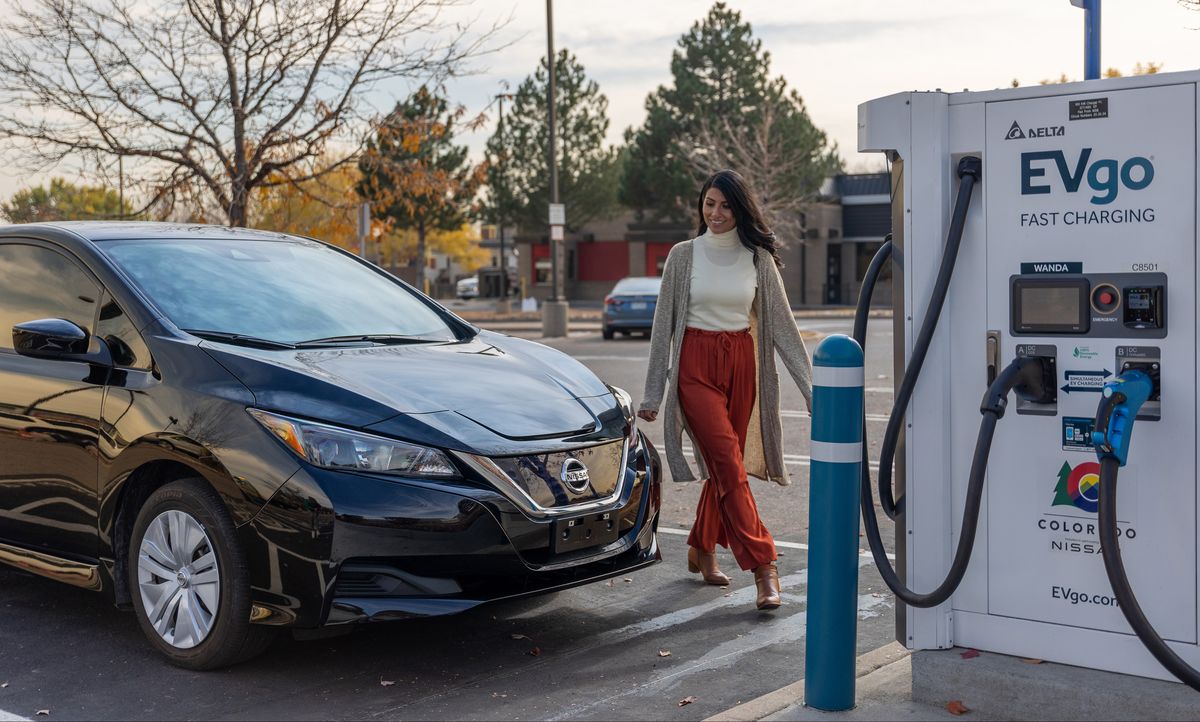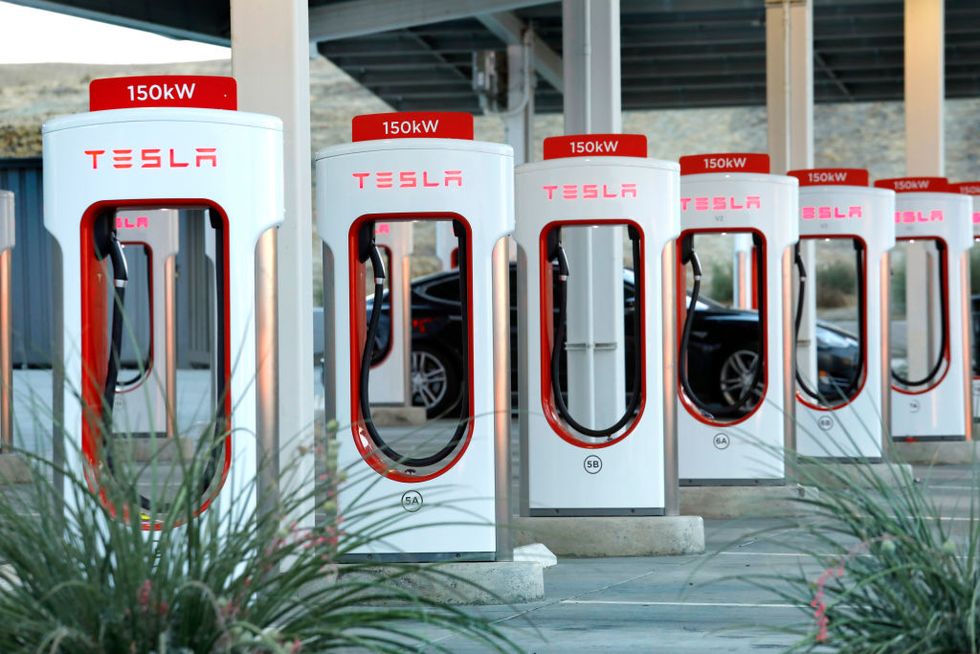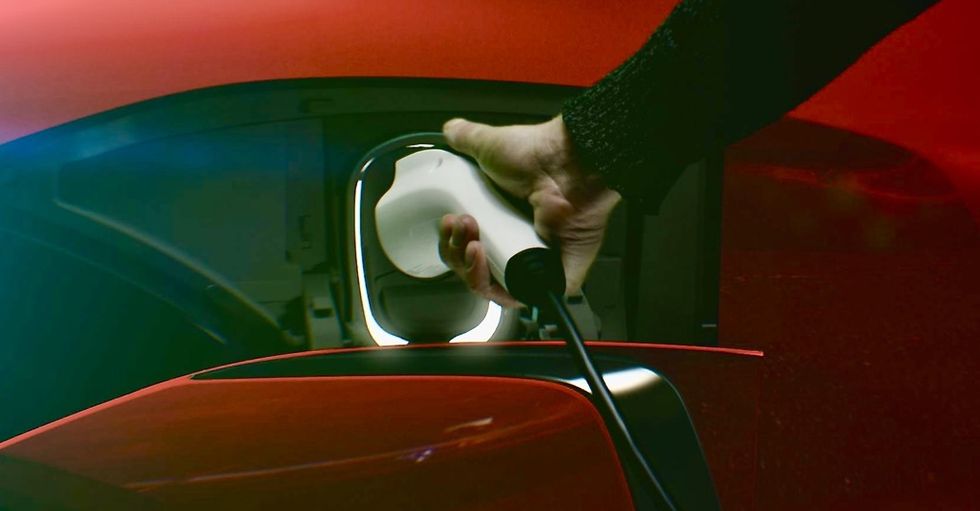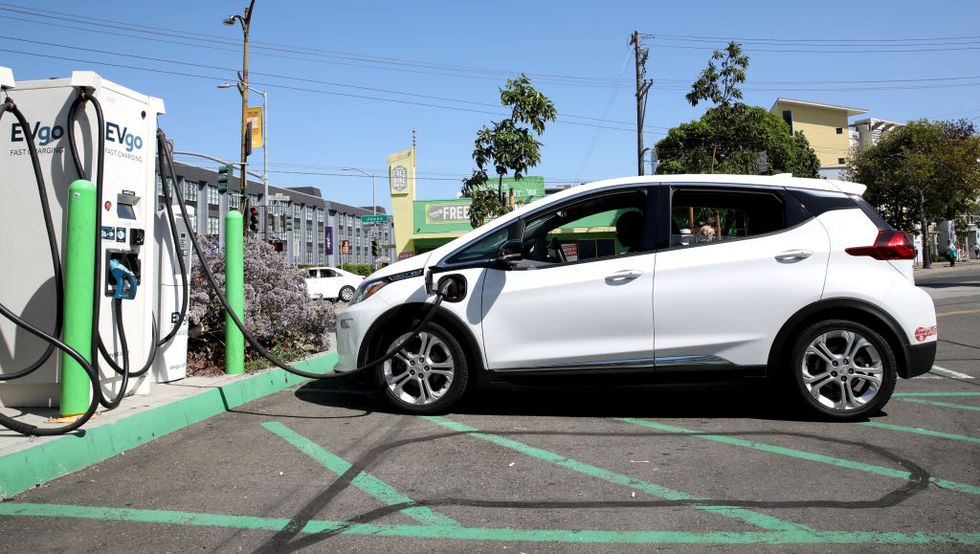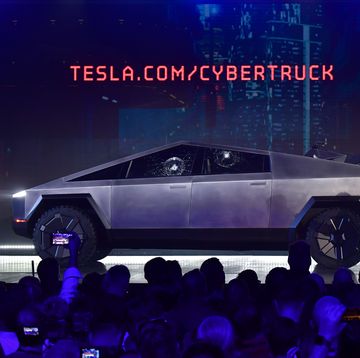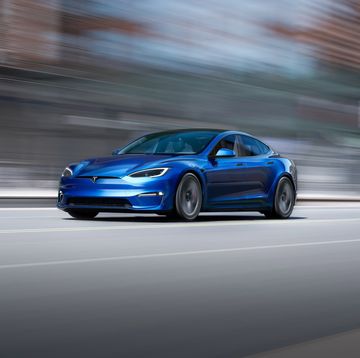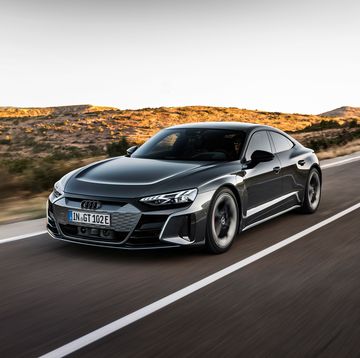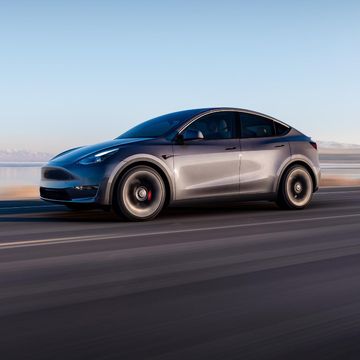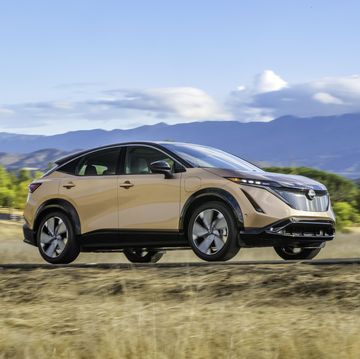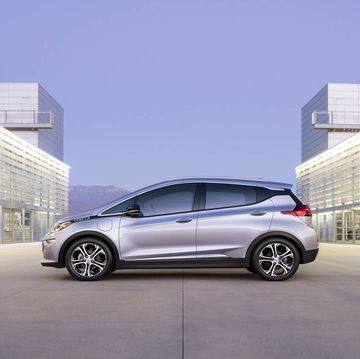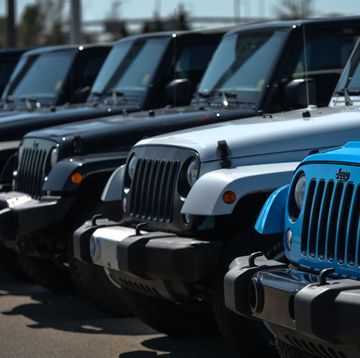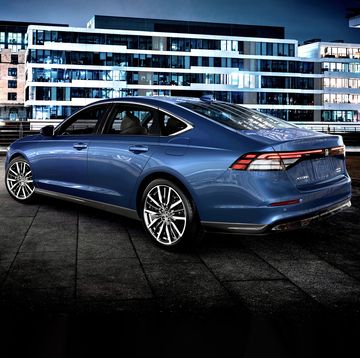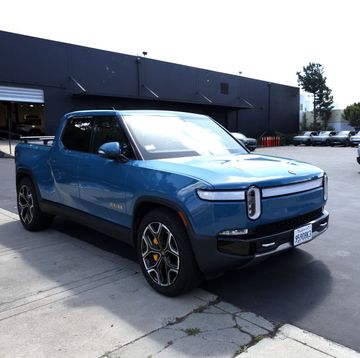- EV owners will find 50,990 charging outlets across the US, 15,930 of them in California, not including personal home outlets.
- EV drivers say many charging stations are grossly unreliable—often out of order—and sometimes requiring software updates before you can rejuice your car.
- The federal government seeks to set a new, high standard for public charging stations with the National Electric Vehicle Infrastructure system established one year ago. A $5 billion plan calls for 500,000 stations across the country over five years.
By now it should be obvious that Tesla is losing its five-fingered grip on the electric-vehicle market, with an onslaught of competitors from “legacy” automakers and new all-EV brands exponentially blowing the market open. Except for one thing: You can reasonably expect to drive your Tesla cross-country, if you carefully plan your route around more than 300 Supercharger recharging stations already open.
Your Rivian, Fisker, Chevrolet Bolt, Hyundai Ioniq 5, or Ford Mustang Mach-E? Not so much. As sister publication Road & Track recently pointed out, Tesla’s network—which is due to expand to 400 recharging stations in the US when including new Superchargers already under construction or permitted—is the best thing about driving a Tesla.
Early adapters of Tesla competitors will find 50,990 charging outlets across the US, 15,930 of them in California, not including personal home outlets, according to the Electric Vehicle Charging Association. The federal Transportation Department notes many of the public charging stations are owned by private charging network companies, and “commonly require a membership to recharge an EV at their stations” activated by card or smartphone.
Many users, including auto journalists testing new EVs, consider most of those charging stations to be grossly unreliable, often with two or three of five units out of order and then often requiring software updates before you can rejuice your car. Last September, Michael Dunne, auto analyst at ZoZoGo and host of the Driving with Dunne podcast who test-drives a wide variety of new EV models across California, told us he would buy another Tesla for himself for the Supercharger system alone.
How to build a recharging network with the reliability and ease-of-use of Tesla’s Superchargers? Teslas are perhaps infamous for using a recharging receptacle of a unique format among EVs. You can charge another brand EV at a Supercharger, though only if you’re carrying an adapter.
The federal government seeks to set a new, high standard for public charging stations with the National Electric Vehicle Infrastructure (NEVI) system established in February 2022 as part of the Bipartisan Infrastructure Law, which will fund a national system of 500,000 stations across the country with $5 billion over five years.
First step was establishment of the Joint Office of Energy and Technology last September.
“Our goal is to build an electrified and clean-energy future, creating next-generation transportation and mobility systems and create jobs,” says Gabe Klein, the Joint Office’s executive director. “That’s something that gets us up every day.”
States were required to submit an “EV Infrastructure Deployment Plan” by August 2022 before they could receive their portions of the recharging station funds. The IRA provides for 80% of the funding, with states kicking in the other 20%. The carrot to this stick is that building the network will create jobs as well as build revenues from EV owners driving through the states.
The Interstate highway system is NEVI’s priority, Klein says. EV drivers, for instance, must be able to travel I-80 east-west or I-75 north-south without suffering range anxiety. However, the NEVI funding also will help fund charging stations for urban areas and small towns, Native-American reservations, and the like.
The Energy and Transportation departments have set a strict goal that recharging stations funded by NEVI must meet a 97% reliability standard. The Joint Office plans to issue its minimum standards for these networks in the coming weeks.
Is the 97% reliability standard enough to quell the many first-time EV owners’ range anxiety?
The federal standards will be “streamlined” to avoid “a lot of failure points,” a source familiar with the direction of the guidelines told us. That also means assuring the necessary data are collected and that automakers see to it that their new EVs work with the recharging system’s latest software. Most automakers entering the burgeoning segment are developing over-the-air software update capabilities.
The 500,000 charging stations created by NEVI essentially will become private-public utilities, some with familiar branding like EVgo, Electrify America, EV Connect, and ChargePoint. Similar to the controversial requirement for the IRA’s EV purchase tax credits, EV chargers must be assembled in the US or by a trade partner to be eligible for NEVI funding.
As for the reliability part of the equation, “You have to meet the standards or not get the money,” our source says, “or, not get it again.”
That one-strike-and-you’re-out disqualification raises the question of what happens to any NEVI-funded charging stations that are not 97% reliable. If a certain number of stations get federal funds and fail to meet this standard, what will it take to get to 500,000 charging stations of Supercharger function and reliability?
There is a service subcontractor for that. Startup companies with a focus on reliability have begun to pop up to serve charging stations. We found one of them; a company called ChargerHelp!—yes, the ! is part of its name.
“Our focus is on data and reliability,” says Walter Thorn, ChargerHelp!’s product chief, “when and how charging stations are failing and how to get them back online as soon as possible.”
ChargerHelp! is developing service systems that will deploy technicians to repair and maintain these charging stations and has established a program with the Society of Automotive Engineers to develop EV service excellence-credentialing.
After three years in business, “we certainly have seen success with our customers and can definitely point to instances where we help our customers and their drivers achieve high-reliability outcomes,” Thorn says. “And we are pleased to see overall attention to reliability” in support of a clean, electric-vehicle future.
As companies like ChargerHelp! try to improve EV charging reliability, the open-source nature of stations that can serve anything that is not a Tesla will make them easier to use than a Supercharger, Thorn believes.
Now all that’s left to conquer are humanely sourced precious metals for batteries—and an exponentially expanded electrical grid.
If you own a battery-electric vehicle, what’s it like finding reliable charging nearby? Have you attempted an EV road trip? Please comment below.
